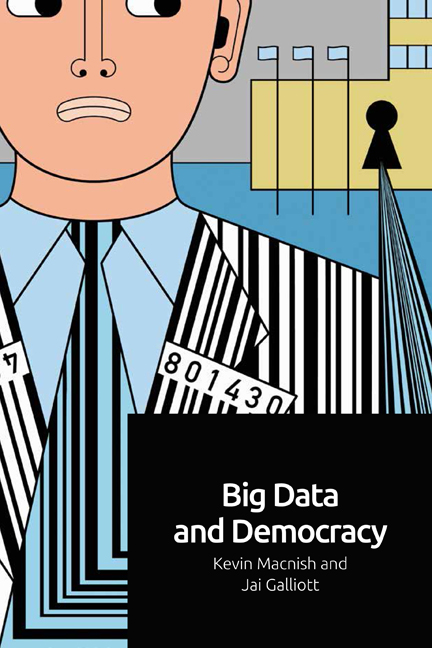Nine - The Technics of a Gnostic World: an Ontogeny of Big Data
Published online by Cambridge University Press: 17 October 2020
Summary
In the physical world, parallel universes are being assembled out of digitally-encoded bits and bytes, part material, part immaterial, where we find signals and data being sourced from two billion personal computers, eight billion mobile devices, twenty billion non-mobile Internet-of-Things devices, and eighteen billion RFID tags. These devices account for the generation of trillions of bytes of data originating out of quotidian events, transactions, states, things, relations or combinations thereof (hyper-things) from financial, medical, administrative, transport, logistic, and personal and social media applications. But as enormous as this volume might be, it pales in comparison with yet more massive reservoirs of big data stored in hyperscale data centres (HDC), where years of such data is stored. While many are aware of the US National Security Agency ‘s massive new data centre in Bluffdale, Utah, with its more than 1 million ft of space for storing an estimated 5 Exabytes of data – a volume a hundred times greater than the contents of the Library of Congress – it has been dwarfed by China Telecom's Hohhot data centre in Inner Mongolia, which is ten times larger. It is in these HDC's that raw material is processed into information products for use by marketing executives and national intelligence analysts seeking to forensically discern our past and predict our future.
The market and political drivers behind this phenomenon derive from the promise and value of its access to as much data about target subjects that can be obtained, in as close to real-time as possible, and with sufficient detail to ‘accurately’ predict and affect a subject's behaviour – either for the purposes of seduction or interdiction. The owners and consumers of these colossal repositories have substantial resources to invest in these technologies, win a significant payoff if the solutions work, and suffer a significant cost if they do not.
Despite its market size and ubiquitous presence in our daily activities, we know very little about how big data works. What we do know is that big data is employed in many dimensions of our lives, often with disruptive consequences (Eubanks 2018; Ferguson 2017; Wachter-Boettcher 2017; O’Neil 2016; Schneier 2015).
- Type
- Chapter
- Information
- Big Data and Democracy , pp. 137 - 152Publisher: Edinburgh University PressPrint publication year: 2020



